Iza Lyson is a dog photographer and 500px Ambassador from Krakow, Poland. Iza’s photos showcase a number of different breeds of dogs through a variety of wanderlust-inspired settings. Focusing on our canine friends, Iza’s work embodies themes of companionship, loyalty, and adventure. Iza has previously shared with us some of her insight and technique in our On Set blog series.
Q: Iza, your photography focuses on a certain four-footed friend first and foremost. What inspired your launch into dog photography?
A: As a matter of fact, when I was starting my adventure with photography, I knew that I would be photographing dogs. It’s been 11 years since a golden retriever puppy called Luna appeared in my house. I wanted to have a reminder of her childhood, because puppies grow way too fast! I ended up taking a lot of photos of Luna.
At first, they were ordinary puppy pictures taken with a compact camera, but after some time, I wanted my photos to be unique, so I started to add some artistic elements within the photos. When I was 12 years old, my parents noticed my passion and bought me a better camera.
Over the years, I have done hundreds of photo sessions for all kinds of doggy models. Luna was getting older and older, and for health reasons, she couldn’t travel anymore. I needed a dog that would be able to go with me on road trips.
I hadn’t even started looking for the perfect model when I received information about a pretty border collie puppy for sale. At first sight, I knew this was the dog for me. A week later, I became the lucky owner of Opi.
Q: What kind of work went into training Opi to become the perfect dog model?
A: It truly was a lot of work right from the start. Firstly, I had to socialize her to make sure that she wouldn’t be scared of new places and situations.
You can see in my pictures that I pay a lot of attention to the body language of my dog models. I wanted Opi to always feel comfortable and free during the session, and I have been able to achieve this through socializing her.
Opi has always been willing to cooperate with me (or my hand with treats or toys), so I started to teach her the most important thing—obedience. The ability to remain in a pose is a key skill for the ideal dog model.
I am usually alone with Opi, and I have to set her up in a pose and walk away to take the picture. Once I had a motivated dog with the ability to stay still, I started to teach her funny tricks such as lying on her side or back, “high five”, putting paws on her head or onto the things—even shaking water off!
Q: You have traveled to a number of countries with Opi, photographing her against dramatic snowy mountain backdrops to lush forest terrain. What inspires you to visit these locations, and how do you source them?
A: Since I can remember, I was impressed by the pictures taken by landscape photographers. I wanted to see places from all those beautiful frames with my own eyes. Right after passing the driver’s license test, I took my mother’s old Seicento and hit the road, driving 500 kilometers to visit the first place on my bucket list—Bokod Lake. While I am a dog photographer, I always try to consider the composition of the dog within the frame, especially against a beautiful landscape backdrop, because I am so inspired by the beautiful views.
To find nice shooting locations, I use the search tool on 500px—I first look for pictures from a specific country, then from specific regions. Instagram is also a great tool to search—I follow accounts that post the most beautiful pictures from some regions.
Sometimes, I also write to people who were in a place I would like to visit to get information that can be missing from guides—for example, if it is safe enough to get there with a dog. The last source I use is Google Maps—I can spend days clicking on a map to see pictures uploaded by visitors or using street view.
Q: Of all the locations you have photographed, which would you consider to be the most epic, and why?
A: I’m in love with Pericnik Waterfall in Slovenia and the Zrmanja Canyon in Croatia, but Norwegian landscapes are in first place. Especially glaciers. I love everything about them—the color, facture, vastness, and mystery.
Q: What are some differences in your approach when working with your star model as opposed to human subjects?
A: It’s much easier to get along with Opi.
I’m kidding, but we really understand each other without the use of words. She already knows what she should do when I have my camera in my hands.
When I work with people (they don’t have to be models, people who have brought their dog for a photo), sometimes I have trouble trying to communicate what I expect from them.
Q: Do you ever improvise during your shoots?
A: When I go on a photo trip, I usually have a few locations marked on the map, and that’s my whole plan. It makes me more flexible—if I like a spot, I can choose to spend more time there. If I find it looks different than I expected, or it turns out that I can’t reach this place with a dog, I can just skip it and drive on. For this same reason I prefer to sleep in a car—I can stop wherever and whenever I want, I don’t have to think about booking a place for sleep.
When it comes to standard photoshoots, I also don’t like to have exact plans on photo compositions. I never know if my model will be able to meet my expectations. I want to avoid situations in which I know exactly how the final result should look and how to do everything to achieve it. This way, I can avoid stressing my model unnecessarily or lose their character and individuality. Often dogs do things in their own way and suggest their own behavior. Keeping it on a frame can give a much better result.
Q: While your work often focuses on animal themes, recently, you’ve also been shooting lifestyle content. Have you been able to pinpoint some of the key differences between these genres?
A: I think that the main difference is that lifestyle content doesn’t have to be so perfect and dreamy. Lifestyle pics are much more natural, especially when it comes to post-processing. What’s also interesting is that on my portrait shots, I like Opi with a closed mouth and serious face. On lifestyle pics, I prefer her with a big smile, big tongue falling out to the side of the mouth, showing her as she is in real life—always happy and funny.
Q: You recently shot a series of lifestyle photos where you featured yourself as the model, what are challenges in putting yourself in front of the camera?
A: Since I have a camera with WIFI, taking a self-portrait is easier (before a lot of pictures were unfocused, or I wasn’t positioned in the frame correctly), but there are still some challenges. The worst thing is that the camera is always static, and all frames look similar. To change the position of the camera, I need to stand up, which means I need to start posing all over again afterward. On the other hand, I don’t have communication problems when taking self-portraits, since I know perfectly what outcome I want to get.
Q: When you look back at older photos in your portfolio, what are some ways you see your work and skills have developed or improved over time?
A: I think that with time, I am becoming more and more of a perfectionist, while taking a photo itself and during post-production as well. I guess it comes from greater knowledge, but maybe laziness plays a role too—I prefer to finish a session with frames that do not need to be corrected in Photoshop, which saves a lot of time.
On the other hand, my post-processing skills have also grown since I started posting photos on 500px. I have learned to control lighting, shadows, and colors of shots. Still, I am not ashamed of my old photos, and I like to go back to them. I sometimes find myself finding and editing photos that are a few years old, which I’ll then publish. They don’t stand out from the ones I make today.
Q: Any final words of advice to those looking to utilize their four-legged companions in a photoshoot?
A: All you need is patience, patience, and maybe also a bit more patience. Dog treats are useful too. It’s also good to know that sometimes you have to give up. For instance, when the dog doesn’t feel comfortable in a pose you want or in the scenery you’re trying to shoot in.
Not on 500px yet? Click here to learn about Licensing with 500px.

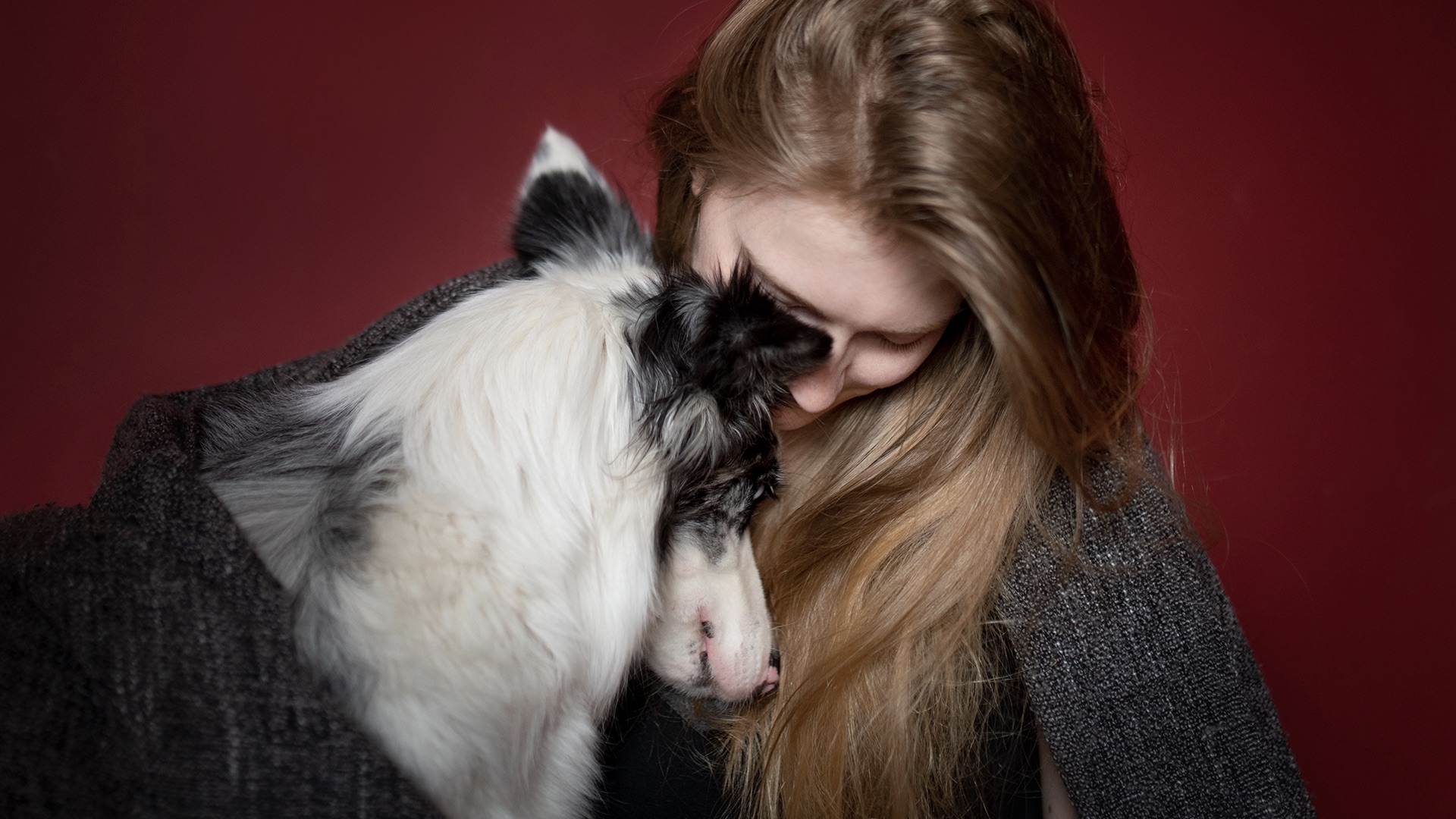
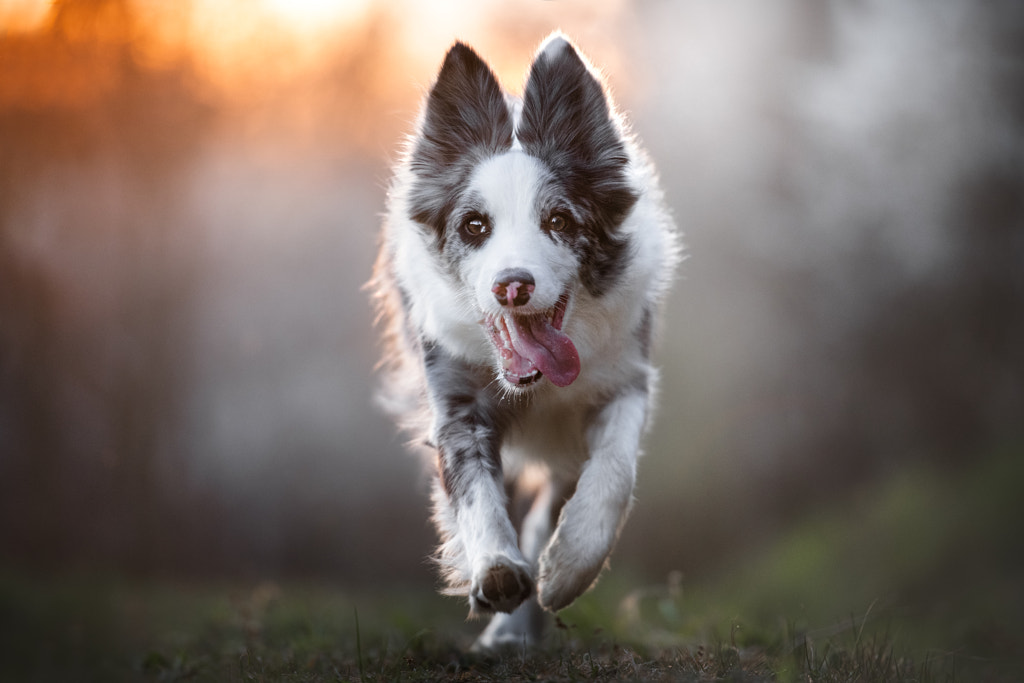
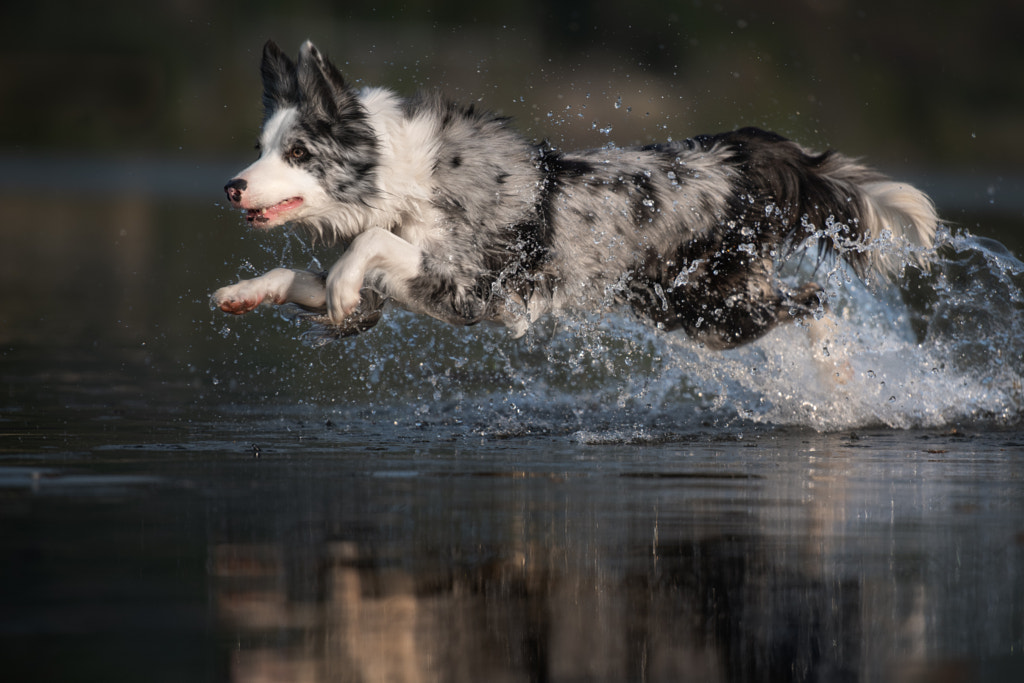
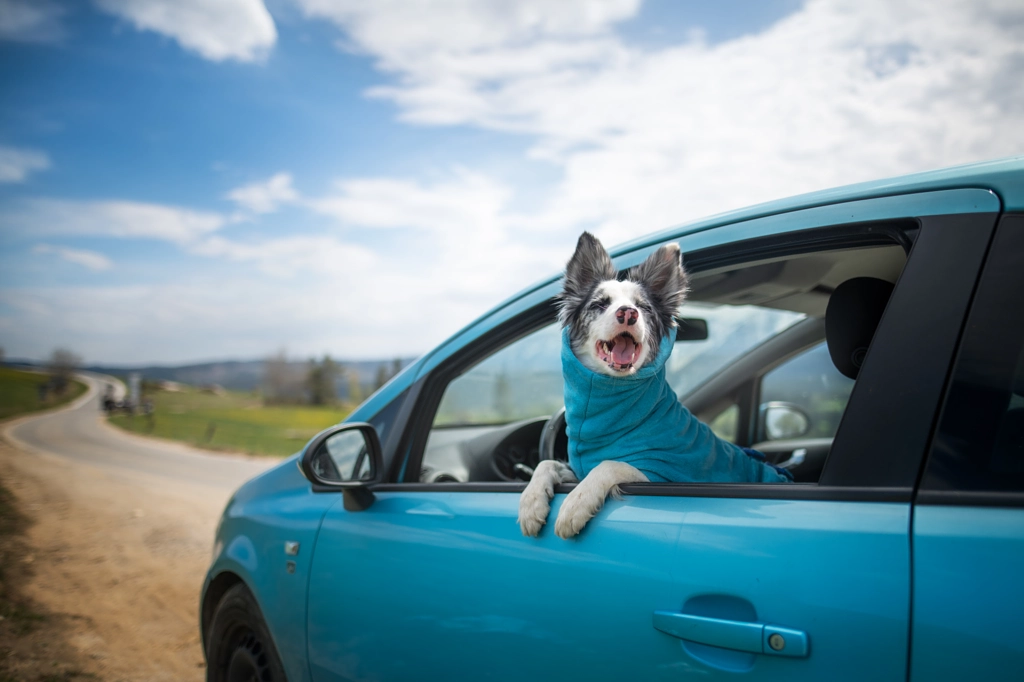
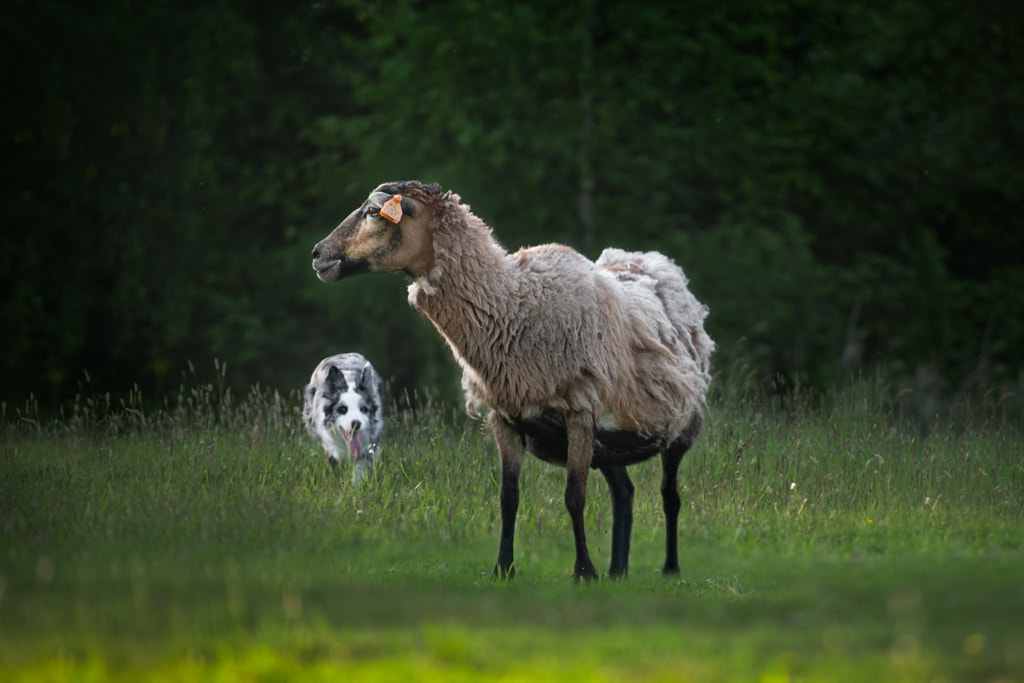

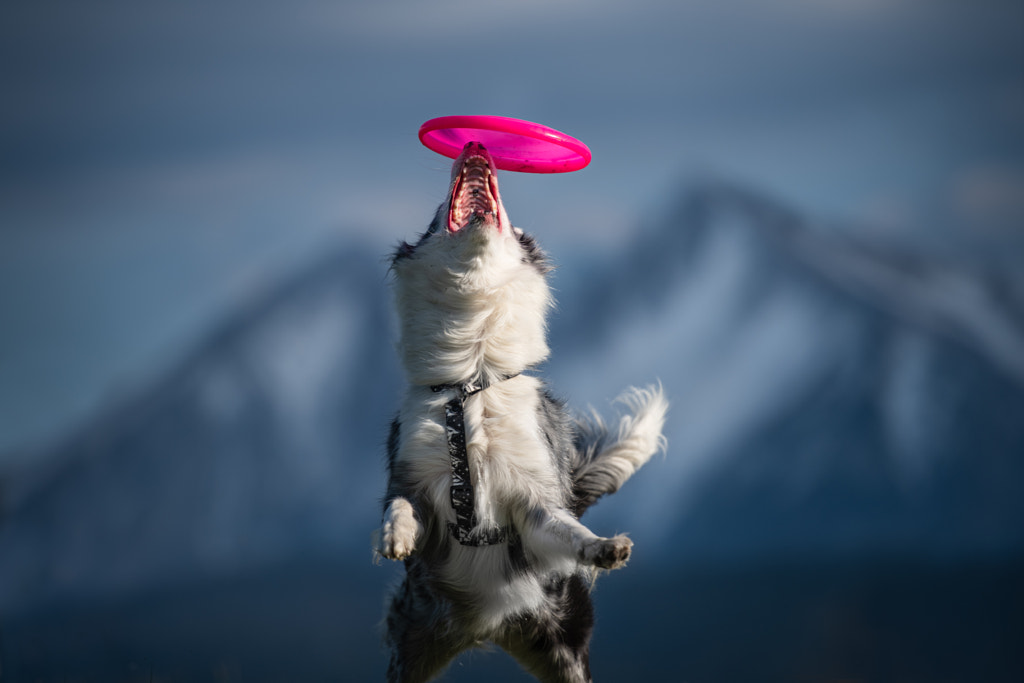
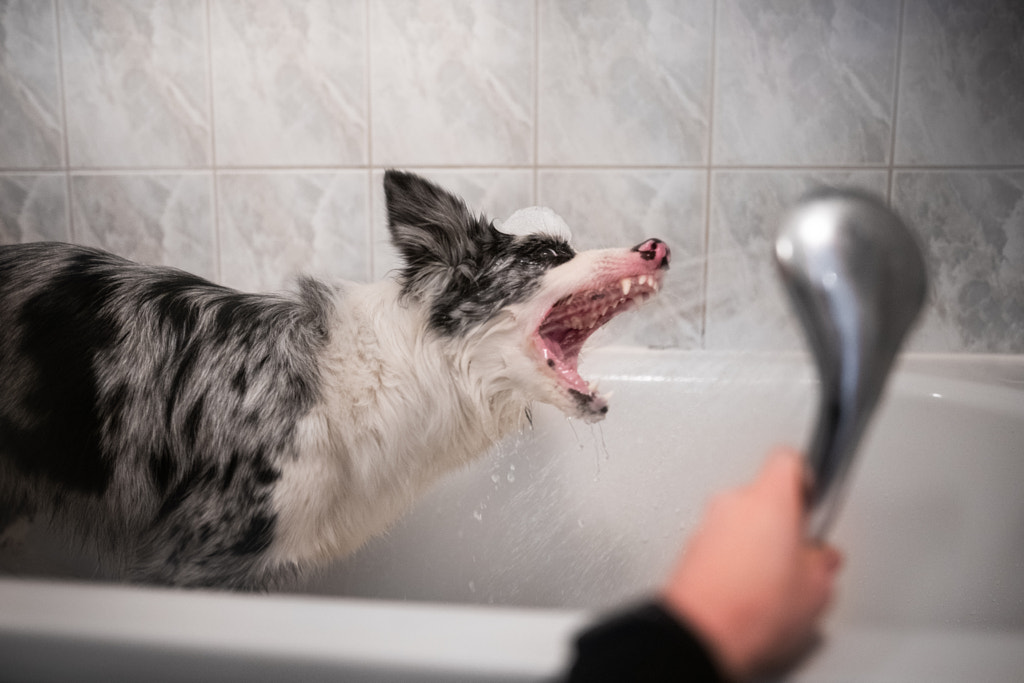

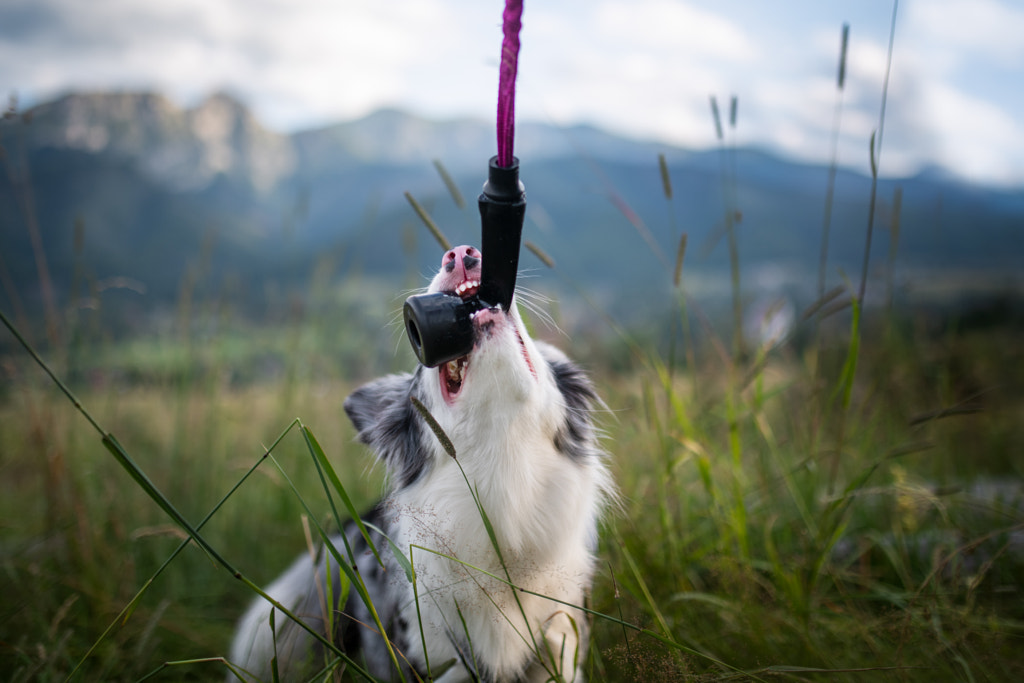
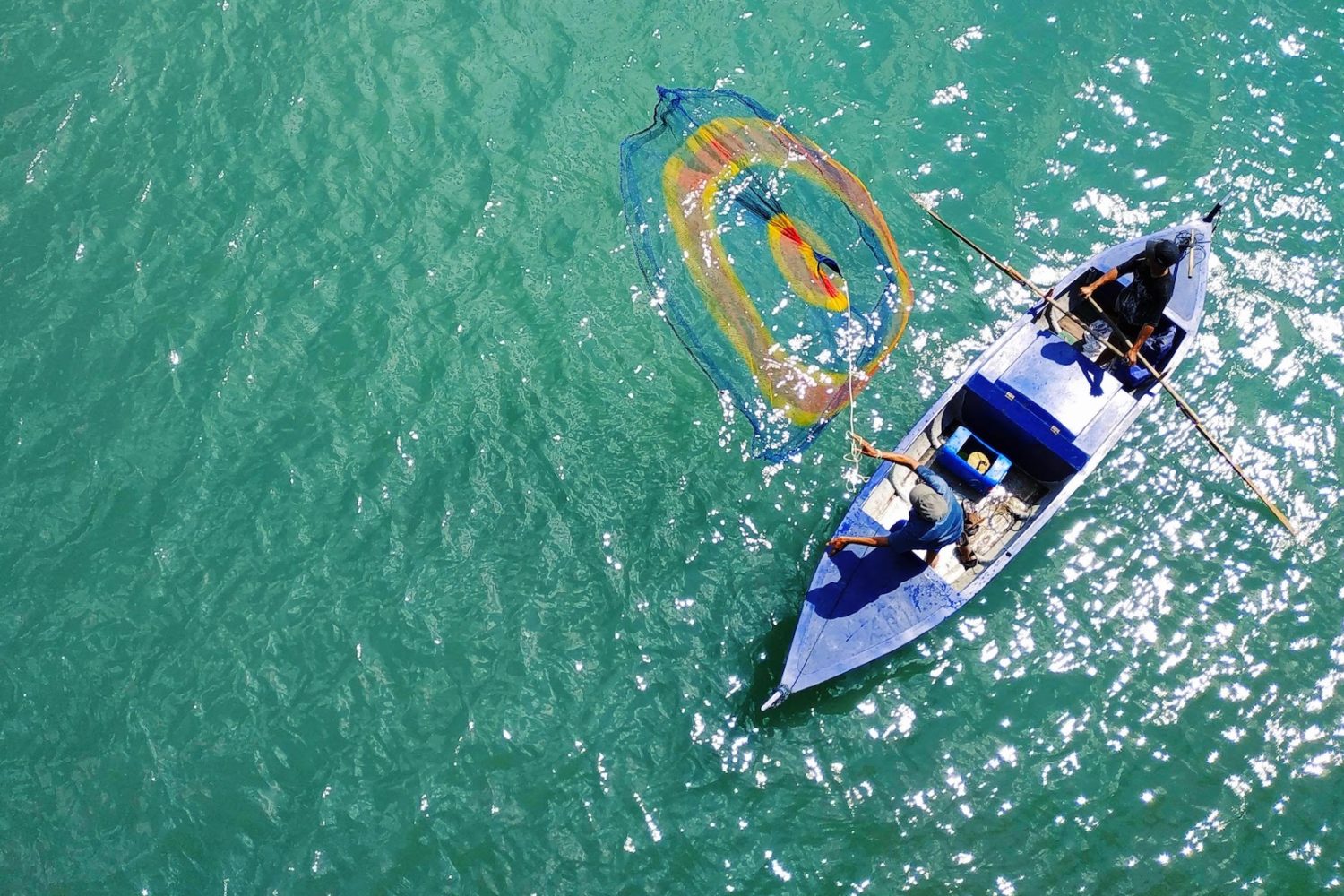
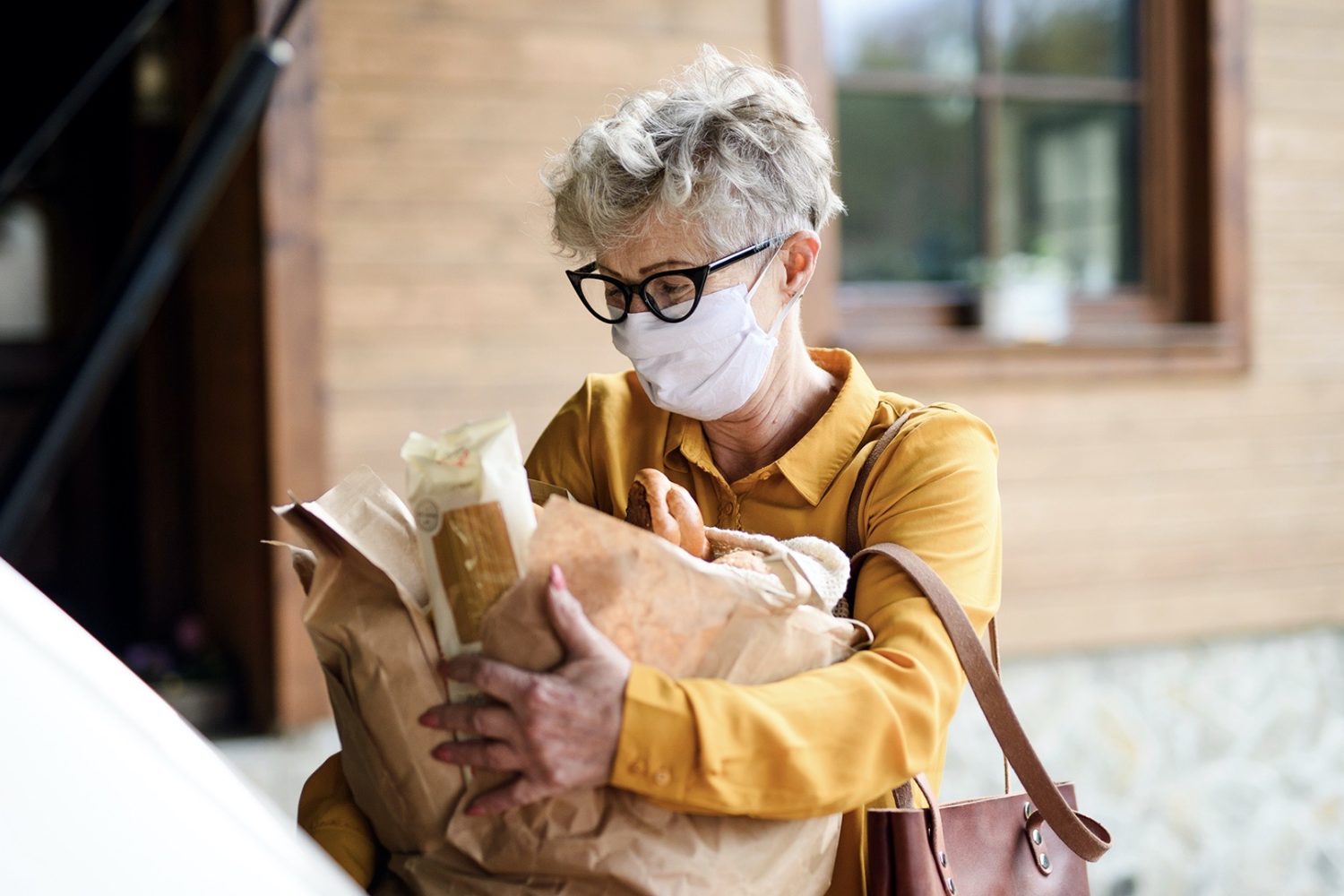


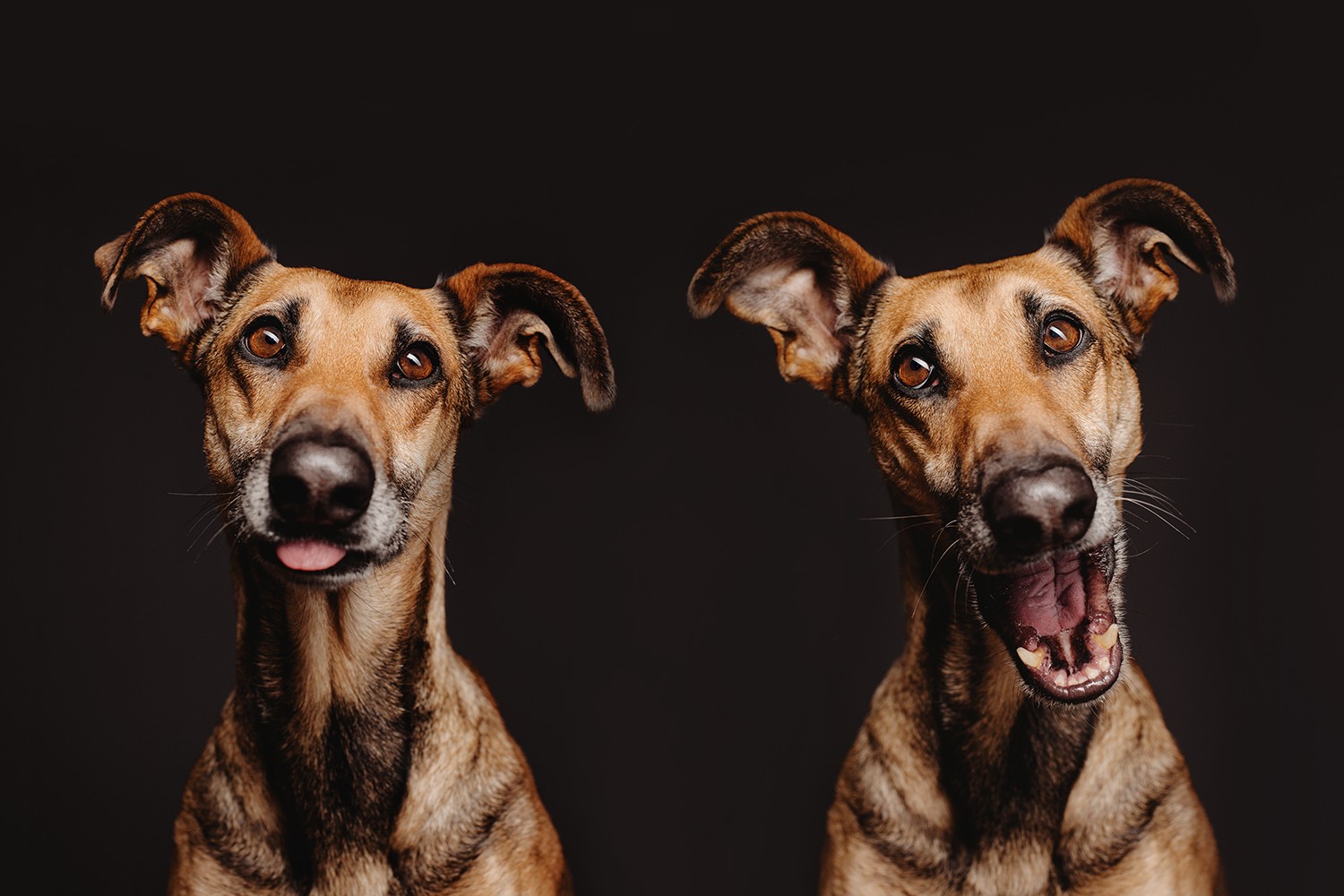
Leave a reply